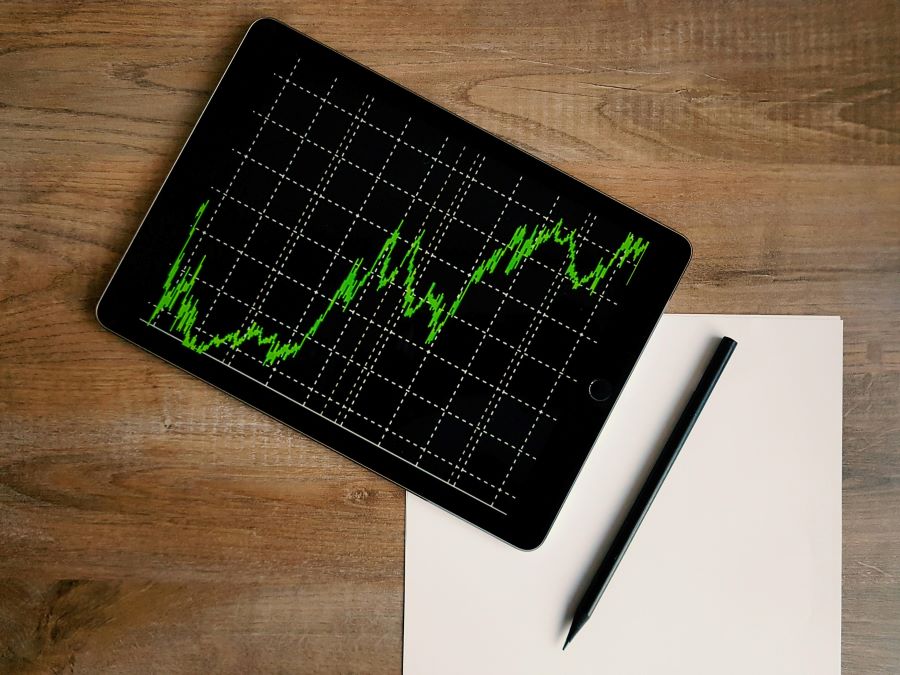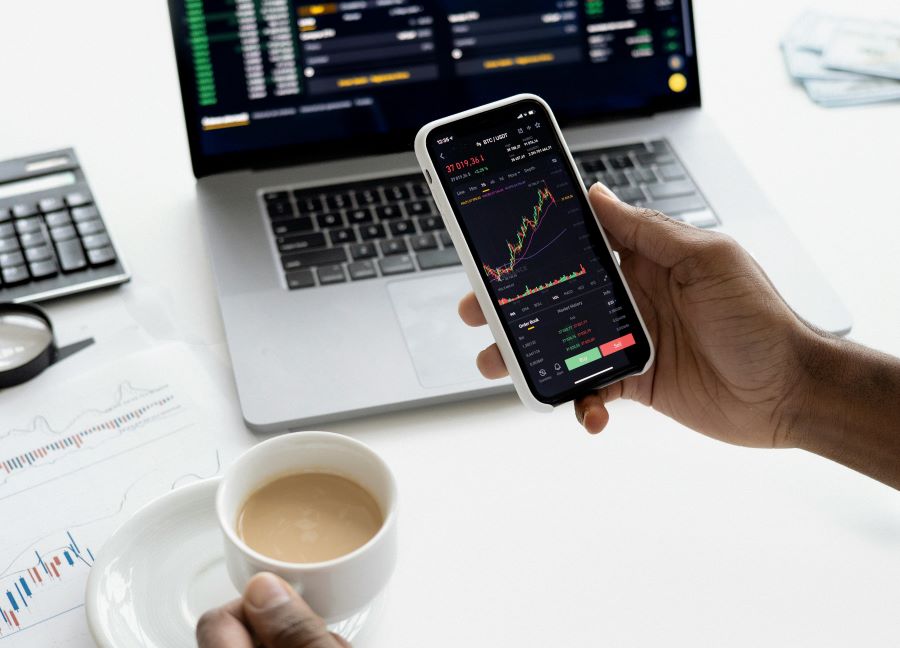In the world of economics and finance, the repo rate is considered a significant term. It is a pivotal aspect of a country’s monetary policy, particularly in India, where the Reserve Bank of India (RBI) uses it as a tool to steer economic conditions. If you have ever wondered what exactly the repo rate is, how it impacts personal loans, or how the RBI determines it, this blog aims to shed light on these crucial aspects.
What is Repo Rate?
The repo rate, short for repurchase rate, is the interest rate at which the RBI lends money to commercial banks for a short-term period, typically overnight. When banks require funds to meet their short-term liquidity needs, they can borrow from the RBI by providing government securities as collateral. The repo rate acts as the cost of borrowing for banks, influencing their lending rates to customers, including those seeking personal loans. The current RBI repo rate is 6.50%.
Why is the Repo Rate Important?
Well, the RBI repo rate’s significance lies in its role in shaping the broader economy. By adjusting the repo rate, the RBI can regulate the money supply in the economy, control inflation, and stimulate economic growth.
When the RBI lowers the repo rate, borrowing becomes cheaper for banks, encouraging them to borrow more, increase lending to businesses and individuals, and thereby spur economic activity. Conversely, raising the repo rate tightens liquidity, making borrowing more expensive, which can help curb inflation but may also slow down economic growth.
How Does Repo Rate Impact Personal Loans?
For individuals seeking personal loans, fluctuations in the repo rate can have a direct impact on the interest rates. When the RBI cuts the repo rate, banks typically pass on the benefit to customers by lowering interest rates on loans, including personal loans. This can make borrowing more affordable, stimulating demand for credit among consumers. On the flip side, if the RBI hikes the repo rate, banks may raise the interest rates on loans, including personal loans, making borrowing more expensive for individuals.

How is the RBI Repo Rate Calculated?
Understanding how the RBI calculates the repo rate can provide further insights into its functioning. The RBI’s Monetary Policy Committee (MPC) meets at regular intervals to review economic indicators and assess the prevailing economic conditions. Based on their assessment of factors like inflation, GDP growth, and global economic trends, the MPC decides whether to change the repo rate, and if so, by how much. Their objective is to maintain price stability while supporting economic growth, striking a delicate balance between inflation control and promoting investment and consumption.
The rate of the repo rate itself is determined through a transparent mechanism. The RBI conducts periodic auctions, known as “repo auctions,” where banks bid for funds by specifying the quantity they need and the interest rate they are willing to pay. Based on the demand and supply dynamics in these auctions, the RBI sets the repo rate at a level that reflects prevailing market conditions and its monetary policy objectives.
Summing Up
The repo rate by the RBI is a cornerstone of India’s monetary policy framework, influencing lending rates and playing a crucial role in steering the broader economy. Understanding its significance and mechanics is essential for individuals and businesses alike to navigate the financial landscape effectively. As the RBI continues to fine-tune its policy tools to address evolving economic challenges, awareness of the repo rate and its implications remains vital for informed decision-making.
Stay tuned for more insights into the intricate workings of the financial world.


 Get App
Get App  Airtel Store
Airtel Store  Login
Login 


